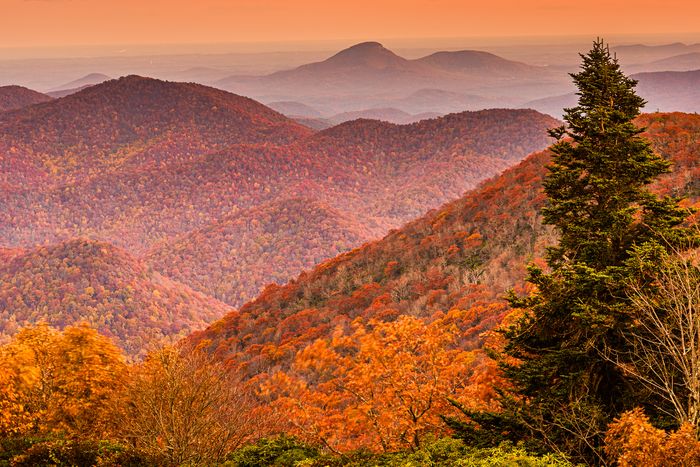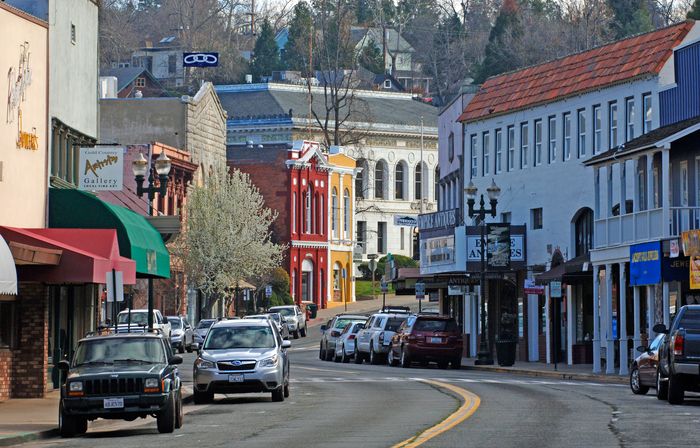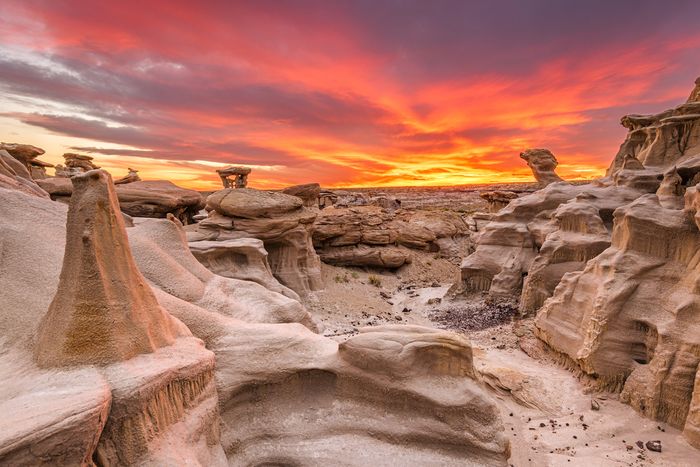Dear MarketWatch,
I am 62, my wife is 64. We plan to retire in five years. Here are the conditions that are important to us. We would like to live in a state where:
-The humidity is low;
-The cost of living is low;
-The temperature is a maximum of 80 degrees and no lower than 50 during the day (my wife can’t take much more heat than that — and I freeze easily!). It’s OK if it’s cool overnight but I still want it warming up during the day. No snow please.
A low tax burden would be beneficial, but not crucial. Our house budget is open. I would guess $250,000 to $450,000. Sorry if that’s a large range.
I have used the “where to live” calculator a number of times, but nothing really helpful comes up, so I decided to write for help.
Jeff
Dear Jeff,
The perfect weather you want is in short supply and given the demand for it…well, that’s why it won’t be a cheap place to live.
So it’s time for trade-offs, as I hope you’ve realized. The South has the winter temperatures you want but is hot and humid in the summer. Head to the mountains there, and it’s generally too cool for your winter temperature requirements. Hawaii could be lovely — but it doesn’t come with a below-average cost of living (though I’ve suggested it here). Ditto for San Diego.
The MarketWatch “where should I retire” tool tells me you are headed to the Oregon coast, to a few spots in California or possibly to New Mexico. You don’t say what’s wrong with them, but I’ll make three suggestions that go beyond what you’d already dismissed.
But a few more words about the weather. Your wife may find she can handle a higher temperature if it’s a dry heat. That opens up some other areas, as you’ll see with my suggestions. Perhaps you decide to wear an extra layer outside and look widely in the mountains of North Carolina, Tennessee and Georgia.
You could accept a small amount of snow and let someone else do the shoveling. Or you could opt for a place that gives you what you want for nine months of the year and treat the remaining months as a perfect time to go away.
Do you have enough to retire? Try MarketWatch’s retirement calculator
Finally, the decision about where to live is about more than weather (or taxes). You’ve given no indication about the type of community you’re looking for, whether size or amenities. Please spend some time thinking about that; a bad move is an expensive mistake. All the more reason to consider spending a few months in a place as if it’s your new home, not just a vacation spot, before you sign on the dotted line.
Hiawasee, Georgia

Brasstown Bald in the Blue Ridge Mountains, near Hiawasee.
iStockphoto
Neither this small town nor Hayesville across the state line in North Carolina come up on MarketWatch’s “where to retire” tool because we have so far limited our data search to government-defined metropolitan or micropolitan statistical areas, and they aren’t part of one.
Moving to either Towns County, Ga., or Clay County, N.C., means rural living; each of these two counties has 11,000 to 12,000 people, with about one-third of the population 65 and older. You’d be living in the Blue Ridge Mountains, so away from the southern heat. The average highs are pretty much in the range you want, and there’s barely any snow.
The focus is Chatuge Lake, a man-made reservoir almost 11 square miles just outside Hiawasee, which has a small hospital. The Appalachian Trail comes through the area, should you like to hike.
Here’s what’s on the market in Towns County and in Clay County. Median prices of homes on the market in February 2021 were higher in Clay County, but both are at the bottom of your range.
If you can ease up a bit more on the humidity requirement, you may want to consider Chattanooga, Tenn., suggested here, and Sevierville, Tenn., east of Knoxville and suggested here.
Placerville, California

This town of 11,000 people in the Sierra foothills — above the fog of the Sacramento Valley, below the snow line in the mountains and not in an earthquake zone — meets your wish list on average winter highs in the 50s and low summer humidity.
But summer temperatures will get into the low 90s; is the low humidity enough of a tradeoff to make it comfortable?
One of five residents here is 65 or older, and you’d find a few senior living communities, if that’s what you’re looking for. The town boasts that its dial-a-ride service will take seniors to doctors’ appointments and even the grocery store for a reasonable fee, and those senior communities have their own shuttle services.
For big-city amenities, it’s less than an hour to Sacramento. In the other direction, it’s a half-hour to Jenkinson Lake and Sly Park Recreation Area and closer to 90 minutes to Lake Tahoe.
El Dorado County’s claim to fame is that it’s where gold was discovered, so expect plenty of fourth-graders visiting Placerville as part of their California history lesson.
OK, taxes. California means doing your due diligence on property taxes, given that the state caps increases for existing owners at 2% a year and your bill undoubtedly will be higher than what the current homeowner is paying. But the state may be a bit more senior-friendly than you think; Social Security isn’t taxed, and there is no state-level estate tax.
Read: 37 states don’t tax your Social Security benefits — make that 38 in 2022
If politics matter, this once-red town has turned purple, thanks to an influx of people from around San Francisco and Los Angeles.
A word of warning: Placerville is at the upper end of your home budget. Here’s what’s on the market now, according to Realtor.com.
Farmington, New Mexico

New Mexico’s badlands: The Bisti/De-Na-Zin Wilderness Area.
iStockphoto
I started in Colorado Springs, part of the state’s “banana belt” and suggested here, and followed I-25 south, looking for a low-humidity spot that also wouldn’t have much snow. I sought to go no further south than I-40 in New Mexico because of the summer heat and then looked west.
I settled on Farmington, N.M., home to 44,000 people in the northwest corner of the state. There’s no snow to speak of. No rain either. Humidity is low. That might help offset those average summer highs in the low 90s you’ll find here just like in Placerville. Winter highs are in the 40s, though, so chillier than Placerville.
It’s also far cheaper than Placerville; the median home listed for sale in February 2021 was priced at $185,000. Here’s what’s on the market now.
What’s there to do here? This is the “Four Corners” region (four states meet at one point), and the tourist folks boast of six national parks nearby, the hiking, the mountain biking, the water options for fishing, kayaking and paddle boarding. Check out Aztec Ruins National Monument and the hoodoo rock formations in the Bisti/De-Na-Zin Wilderness Area.
When you want the big city, Albuquerque (read about it here, and its suburbs, suggested here) is three hours away.
Readers, where should Jeff and his wife retire? Leave your suggestions in the comments section.










Add Comment